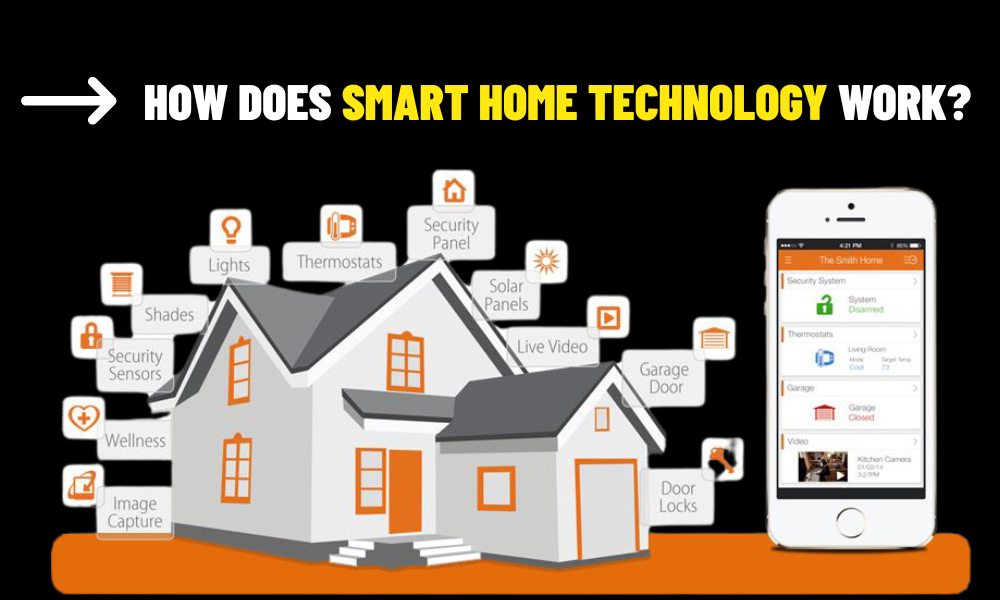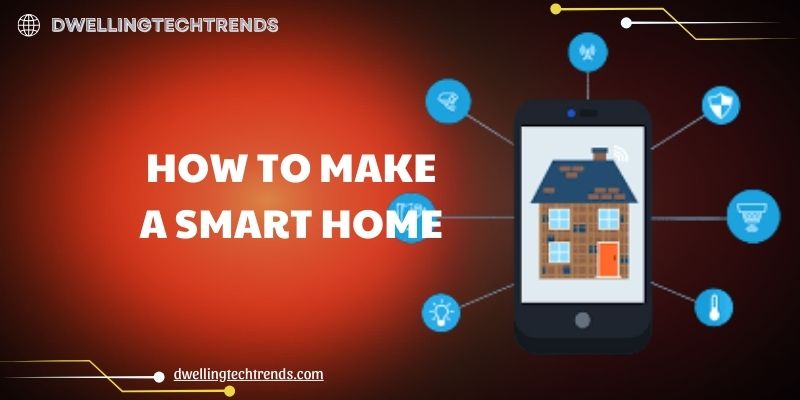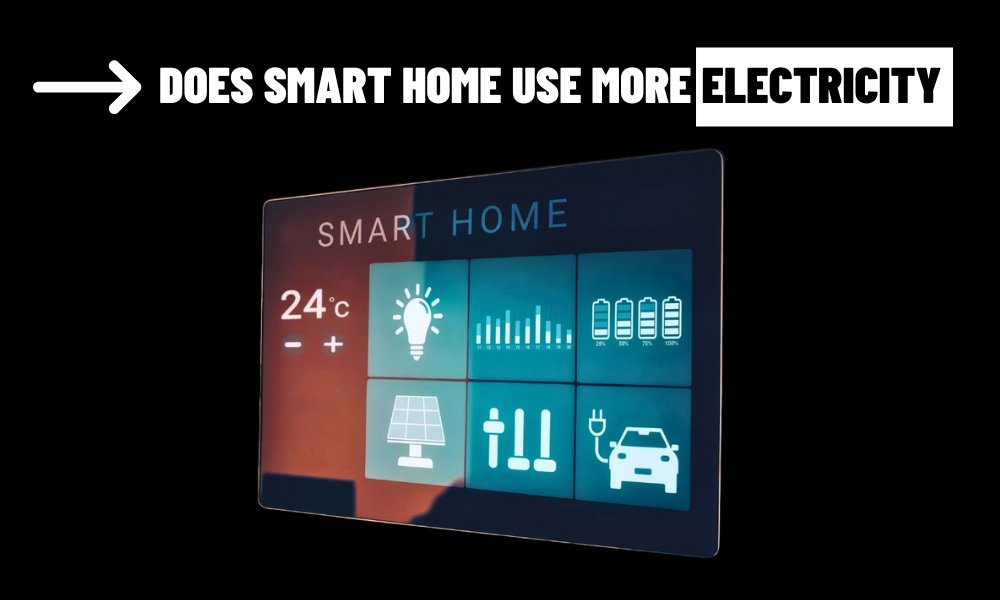Smart home technology is reshaping the way we interact with our living spaces. What once required manual switches and human decisions can now happen automatically—lights that turn on when you enter, blinds that adjust to the sun’s position, or doors that lock themselves at night. But beneath these everyday conveniences lies a sophisticated system of sensors, protocols, and automation logic. This article explores in depth how smart home technology works, and what makes today’s homes smarter than ever before.
Contents
How Smart Home Technology Works?
From Devices to Ecosystems
At the surface, a smart home may seem like a collection of individual gadgets—smart bulbs, thermostats, security cameras—but what makes it a truly smart system is how these devices work together. Each device plays a role in collecting data, performing actions, or sending signals to others.
A smart thermostat doesn’t operate in isolation. It may receive input from a motion sensor in the hallway, a weather API from the cloud, or user preferences stored on a mobile app. Based on that context, it makes decisions—like heating the home before you arrive or saving energy when you’re away.
Connectivity and Communication Layers
The seamless functioning of smart home devices depends on efficient communication. Most devices use wireless networking, but not all are built the same. High-bandwidth devices like video doorbells often use Wi-Fi, while low-power sensors might prefer Zigbee or Thread.
What’s unique about smart home communication is the increasing use of mesh networks, where devices act as relays for one another, ensuring robust and consistent signal coverage. This eliminates the need for all devices to connect directly to a central hub or router, and enhances system resilience.
In newer setups, connectivity is being streamlined through protocols like Matter, which aim to eliminate compatibility issues between brands and platforms. With Matter, a smart plug from one manufacturer can work flawlessly with a voice assistant or app from another.

Automation in Practice
Automation is the heart of smart home functionality. Instead of needing to manually adjust each device, users can create automated behaviors. These may be time-based, location-based, or reactive to other conditions. For instance, your bedroom lights can fade out automatically at bedtime, or your irrigation system may pause watering if rain is detected.
What’s important is that the smart home system not only receives inputs but also processes them intelligently. Some platforms allow simple rule-setting, while others incorporate more advanced logic, including AI and machine learning, which adapts to the user’s routines over time.
User Interaction and Control
Controlling a smart home is designed to be intuitive. Voice commands, mobile apps, and even gesture controls are common. What’s equally powerful is that many actions don’t require control at all—they just happen. A well-set system blends into the background, only becoming visible when you need to override or update preferences.
Dashboards provide visibility, showing energy consumption, device status, or camera feeds. Mobile apps act as control centers, while cloud services provide remote access, allowing users to monitor and manage their homes from anywhere in the world.
Security, Reliability, and Evolution
As homes become more connected, ensuring the safety and privacy of those systems becomes essential. Smart home technology addresses this through encrypted communication, two-factor authentication, and network segmentation. Manufacturers are also becoming more responsive with security patches and updates as the stakes for home cybersecurity rise.
Looking ahead, smart homes will become more self-regulating and context-aware. With the integration of AI, edge computing, and universal standards, these systems will feel less like tools and more like invisible assistants.
Conclusion
When asking how smart home technology works, the answer lies in the fusion of smart hardware, real-time data processing, and intelligent software orchestration. These technologies don’t just automate—they adapt, learn, and ultimately enhance our relationship with the spaces we live in. The true promise of smart home technology isn’t just connectivity—it’s creating homes that respond intuitively to our presence, preferences, and needs.



